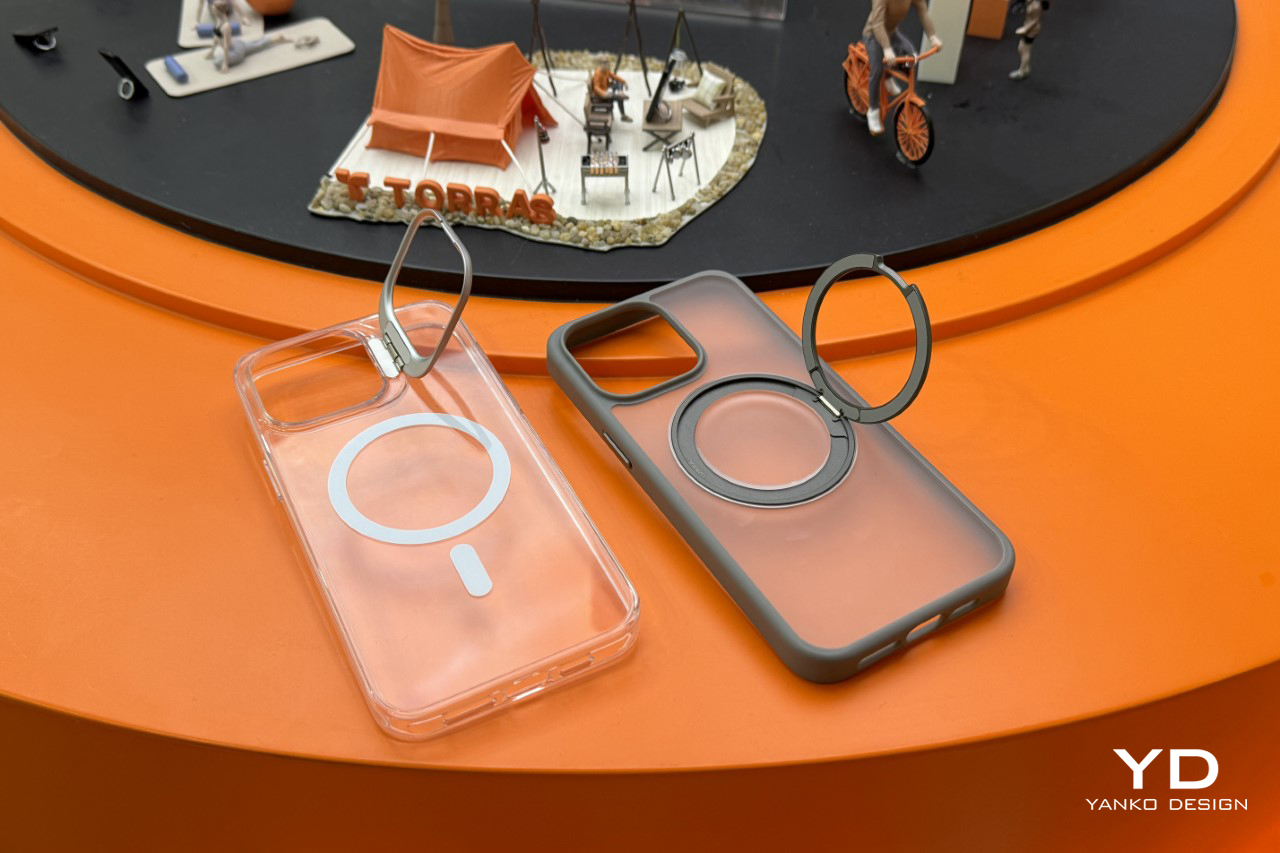#Skip the Auto Shop, You Can Decode a Check Engine Light at Home

Table of Contents
“Skip the Auto Shop, You Can Decode a Check Engine Light at Home”

Sometimes you can’t avoid a trip to your mechanic. But with this little device, you can decide whether the trip is necessary or if you can troubleshoot it at home. And if you end up in the shop, you can walk in knowing what’s wrong with your car.
The Magic Device Is an ODB-II Reader
You’re left in the dark when the check engine comes on in your vehicle. Wouldn’t it be nice if you could turn that check engine light into a detailed insight into what’s wrong with your car so that you could make an informed decision about what to do next? Thanks to a handy little device called an ODB-II reader, you can.
We’ve talked about ODB-II readers before and remain big fans of them. In short, an ODB-II reader is a small dongle-like device (it looks like a USB dongle on steroids) that you plug into the ODB-II diagnostic port in your vehicle.
When you take your car into the shop, they hook a device up to that port to get diagnostic codes and investigate what’s wrong with your vehicle.
There are things you can’t fix at home (or if you can, it will require a lot of tools and Saturday afternoon). And if you have no idea what is wrong in the first place, your only option is to drive somewhere—like your local mechanic, dealership, or big auto-parts store—to get an ODB-II reading.

But what if the check engine light is on not because there is something seriously wrong with your vehicle but because some simple check failed? Just the other day, the check engine light came on in my SUV, which gave me pause because the vehicle has been trouble-free, and there were no outward signs of trouble like stalling, poor acceleration, or such.
I was really busy at work, really busy in my personal life, and really not looking forward to driving somewhere to figure out why my stupid check engine light was on for no apparent reason.
Thankfully, I didn’t have to. I had an ODB-II reader on hand; all I had to do was pop it on the car, open up an app on my phone, and read the code.

That code means what the screenshot above indicates: that there is a small leak detected somewhere in the evaporative emissions control system connected to your car’s gas tank and fuel system.
Armed with that code and the make and model of my vehicle, it was easy to quickly search for potential sources of the problem. In my case, the most probable source was either:
- A broken or leaking hose somewhere in the EVAP system.
- A bad purge valve in the EVAP system.
- The gas cap wasn’t tightened properly and/or the cap was dirty.
You read that last entry correctly. While there are a host of reasons ranging from onboard computer failure to hose and valve failures that could result in the P0456 code, the simplest explanation was that a poorly tightened gas cap had triggered the detection of a “leak” in the fuel system.
Sure enough, I thoroughly wiped down the gas cap with a rag, tightened the cap firmly, restarted the car, cleared the code, and that was the end of it.
No trip anywhere, no time wasted (beyond a few minutes investigating the issue), and I never even had to leave my driveway.
But even if the code was more serious, at least I could call ahead and tell them what the code was (in case they needed to order any parts), and I’d go to the shop with a rough understanding of what was wrong.
Grab One of These ODB-II Readers
In modern vehicles, if the check engine like comes on, the answer to “But why?” is in the ODB log. Which is exactly why we think everybody should own an ODB-II reader. Historically they were quite expensive, and it was impractical to own one for home use.
Autel OBD2 Scanner Code Reader
This all in one unit is perfect if you don’t want to use your phone with your ODB scanner or want to give one as a gift to somebody who prefers traditional tools.
But today, you can pick up a stand-alone ODB-II unit that includes both the reader and a screen with an interface for under $40.
And if you use your phone as the interface, you can save even more. Reliable dongle-only ODB-II readers are under $20. You can diagnose your car right at home for the cost of a fast food lunch.
If you opt for the dongle option, we strongly recommend you only buy Bluetooth versions. There are Wi-Fi versions on the market, but they require you to pair your phone in an ad-hoc Wi-Fi network with the dongle, which is a hassle.
It might not matter much for a one-off reading here or there, but if you want to slap your phone in a car mount and drive around actively monitoring your car via the ODB-II port to see what’s going on, that means the internet won’t work on your phone for the duration of the test. Better to get a Bluetooth model and retain the ability to use your phone normally.
However you go about it, stand-alone or dongle, you’ll be able to easily read the engine codes on your car and any of your friends and family who need a little insight into their engine woes.
If you liked the article, do not forget to share it with your friends. Follow us on Google News too, click on the star and choose us from your favorites.
For forums sites go to Forum.BuradaBiliyorum.Com
If you want to read more like this article, you can visit our Technology category.




